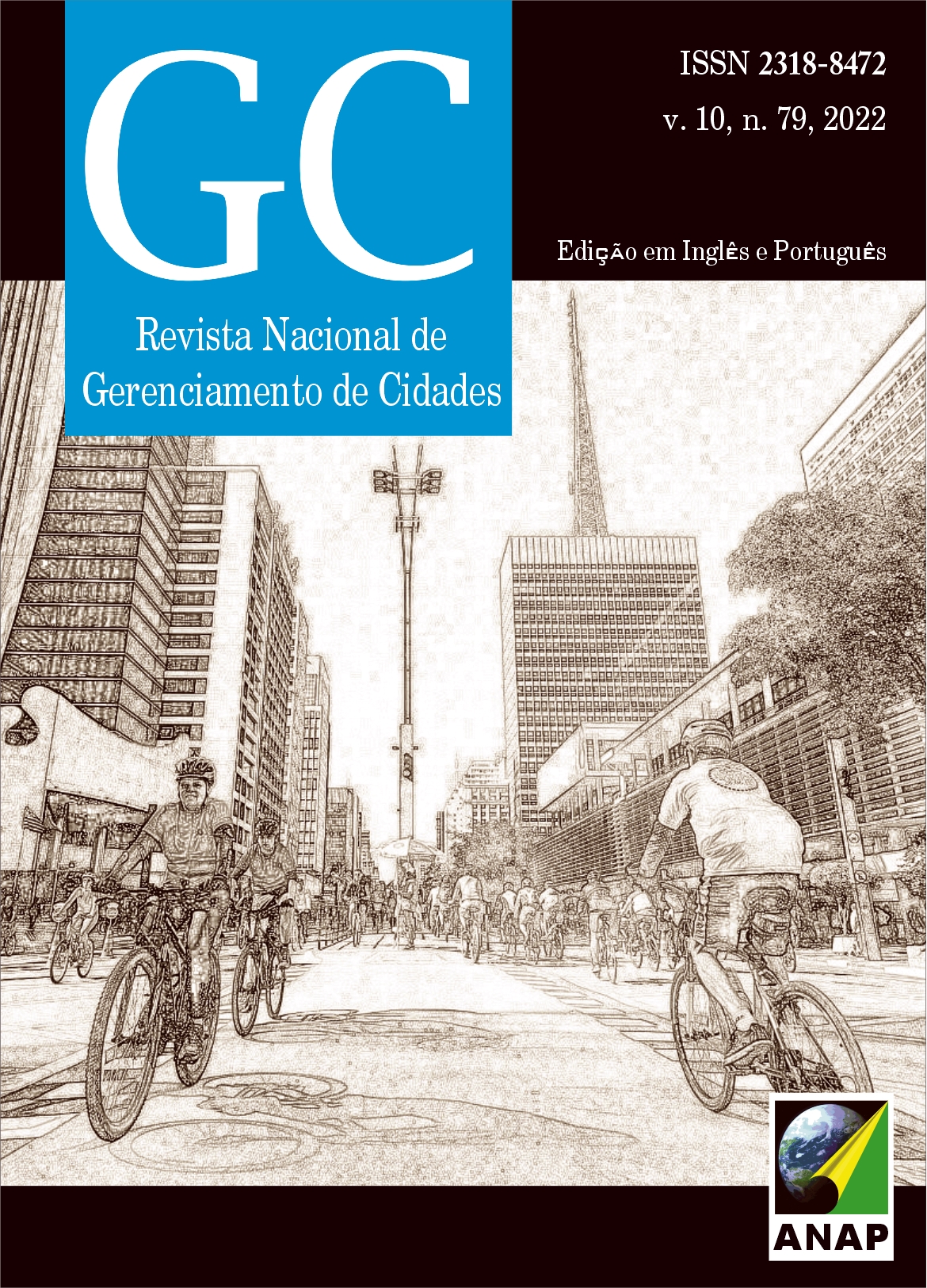Soundscape analysis during the flexibilisation phase of restrictions measures to contain the COVID-19 pandemic in urban parks in Curitiba – Paraná.
DOI:
https://doi.org/10.17271/23188472107920223285Palavras-chave:
Soundscape. COVID-19 pandemic. Cluster Analysis.Resumo
The present study aims to characterise the soundscape of two parks in Curitiba (Bacacheri Park and Botanical Garden), along with a relaxation phase of sanitary containment measures of the SARS-CoV-2 (COVID-19) pandemic, during the year 2021. The authors collected subjective data from 200 participants (100 in each park) about perceived sound sources, sound annoyance generated by specific sources, functionality and familiarity of the parks, demographic data, and motivation for using the parks. The equivalent sound pressure levels were monitored over 15 minutes at various spots inside parks. Subjective data were analysed using the IBM SPSS 27® statistical software, and a Two-step Cluster Analysis was adopted. The cluster analysis results satisfactorily demonstrated the soundscape characterisation of the investigated parks. Such results showed that users are not bothered by the sounds of the region in Bacacheri Park and are slightly or moderately bothered by traffic sounds in the Botanical Garden. It was possible to verify the profile of the parks' users. Most women aged 18-35 have higher education and live near the parks. At Bacacheri Park, users mentioned that one of the motivations for using the park was "a safe place to relax in times of a pandemic".










